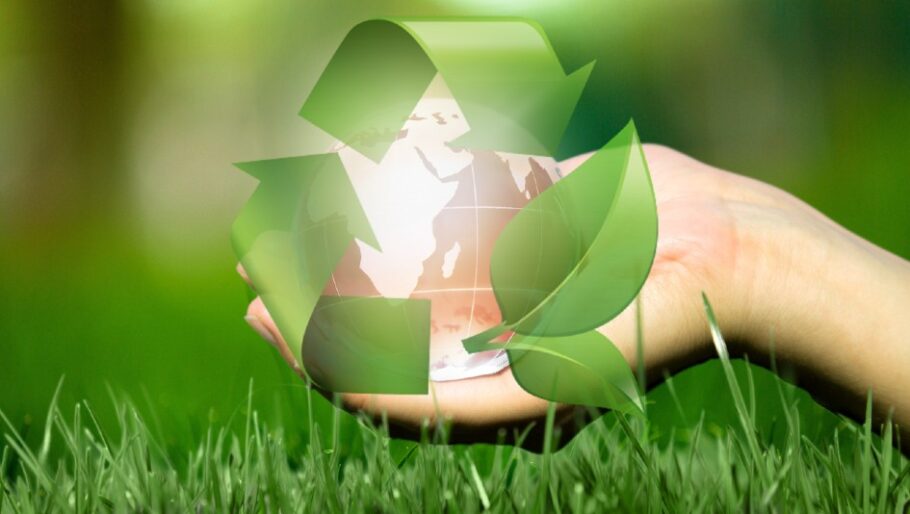As private and municipal hauling costs in Canada continue to grow, facility managers, multi-residential property owners, and large retailers across the country are feeling the strain of increasing costs in their entire waste stream and are looking for sustainable, cost-effective alternatives.
Despite the massive scale of the environmental movement, smaller efforts that collectively focus on sustainability—including, environmental, economic, and social—are required to enact change. Case in point, the waste industry.
Recycling tends to take all the glory and centre-stage of sustainability narratives in the media. Garbage, on the other hand, is a significant problem that is rarely discussed.
When people shop at big box retailers or live in a condo/apartment, they are often unaware of their individual impact on the environment. However, the people tasked with facility management are being met with increasing sustainability targets that are part of environmental, social and governance (ESG) mandates across business and society.
In fact, facilities are already at the forefront of change through reduced water and energy use and streamlined building systems. Technology in waste equipment and service is also being reimagined in this regard.
Sustainability refers to environmental as well as economic and social safeguarding. It’s about building a resilient community for all. In our little corner of business, that means thinking of the ways for facility managers and the waste equipment industry to innovate toward sustainability.
Refurbishing programs can generate financial benefits for everybody. To that end, the environment versus the economy is not a zero-sum game. It is about synchronization and safeguarding the environmental, social, and financial necessities for all.
In this industry, we typically think of the environmental impact of garbage itself – landfill, garbage trucks on the road, etc. However, what happens when large industrial garbage compactors and equipment reach a point of disrepair that they are discarded and then become waste themselves?
Despite the cost advantages of refurbished equipment, one key challenge has always been the stigma associated with used equipment. However, more and more facilities are understanding the benefits of refurbishment as a component of ongoing innovation in business.
The refurbishment concept has always resonated with managers and owners at smaller facilities (for cost savings naturally). But lately, large national companies and big facilities find they can effectively drive more capital and meet their environmental and sustainability goals more easily with this route.
Advantages for facilities using refurbished equipment
Refurbishing equipment helps with bottom line decisions, reduces equipment costs by as much as 50 per cent, and easily fits in house sustainability and environmental targets.
A facility can also lower its carbon footprint, and reduce landfill waste, the use of natural and man-made resources, wastewater and supply chain transportation and labour costs. The success of refurbishment programs also enables companies to reinvest back in their business.
Technological innovation: An IoT approach to trash
The Internet of Things (IoT) refers to a series of interconnected devices that use shared data to provide insights and increase efficiency. The rise of IoT over the past two decades has been significant, with a projected 30 billion connected devices by 2030.
Refurbishing equipment, such as compactors and balers, also allows retrofitting with IoT technology for fullness diagnostics and remote troubleshooting, thereby avoiding a service technician’s visit to the facility and improving the long-term lifespan of equipment.
Circular economy
Products have historically been designed for convenience but with no consideration of the waste left behind. The way our society traditionally extracts, uses, then disposes of resources puts pressure on natural systems, communities, and public health. This is what’s referred to as a linear economy—in that it moves in a straight line from resource mining to waste disposal.
Canada is at a watershed moment in time. The country will benefit from a circular economy that is restorative and regenerative by design, and aims to keep products, components, and materials at their highest utility and value at all times.
In a circular economy, products last longer and nothing is waste. The circular economy retains and recovers as much value as possible from resources by reusing, repairing, refurbishing, remanufacturing, repurposing, or recycling products and materials. This creates more value for future generations.
Circular business models, including waste equipment refurbishing, will prove essential in the waste equipment industry and will enable facilities owners and managers to help future-proof their businesses.
For facility managers and waste equipment, the bottom line is simple: less time and resources devoted to dealing with garbage leads to a reduction in the overall carbon footprint of waste management. That includes fewer trucks on the road, fewer bins, refurbished equipment, less downtime, and longer equipment lifecycles.
Danny Mauti is CEO and president of Metro Group, which includes Metro Compactor Service, a Canadian company with over 40 years focused on sales and service of waste and recycling equipment.




